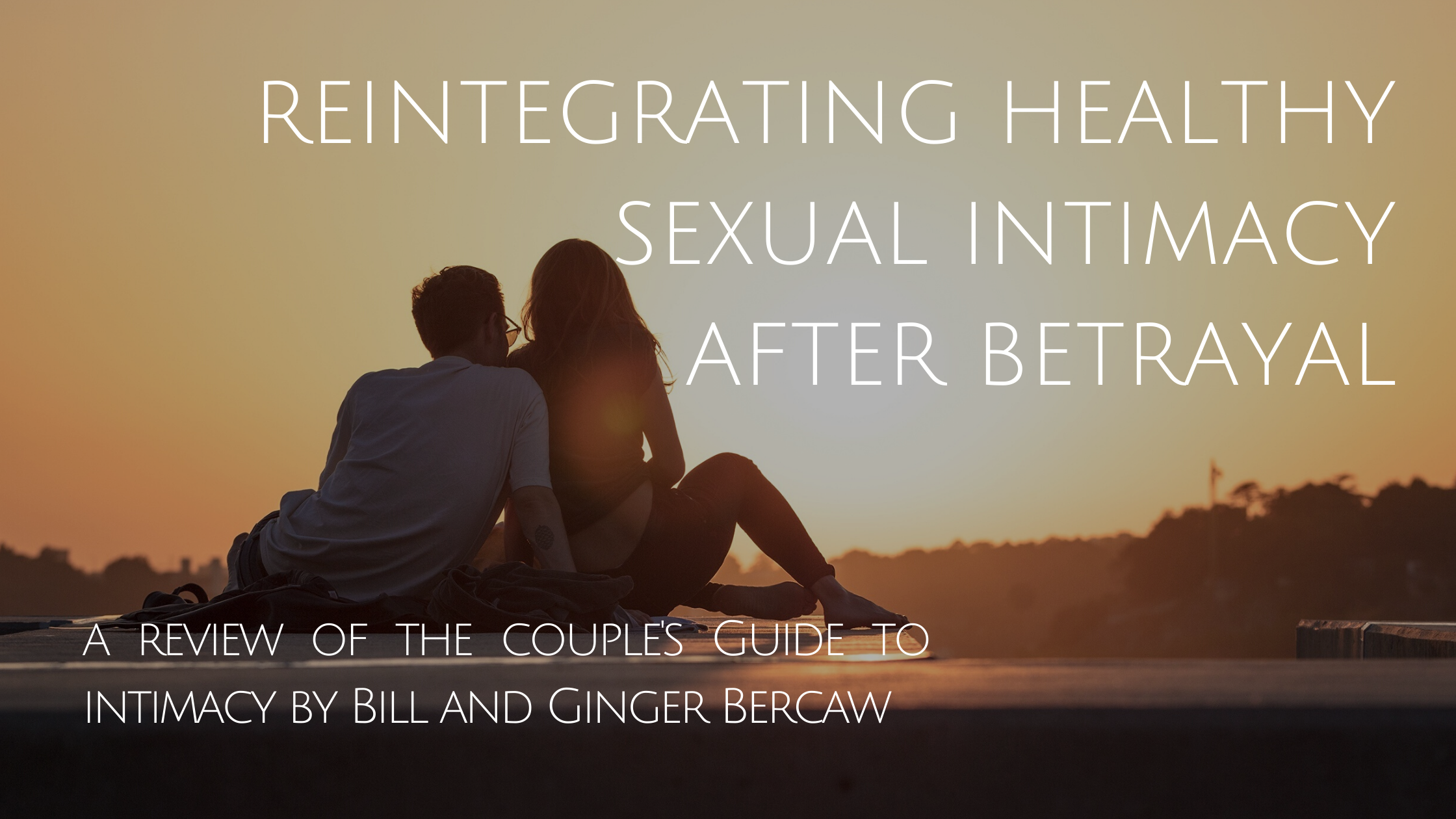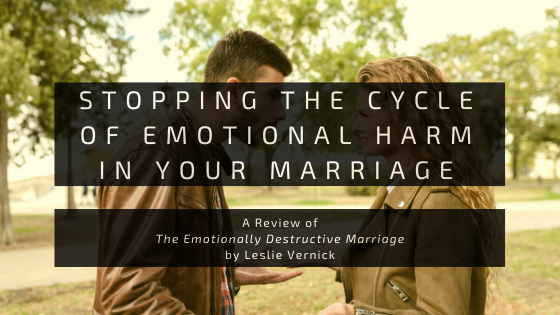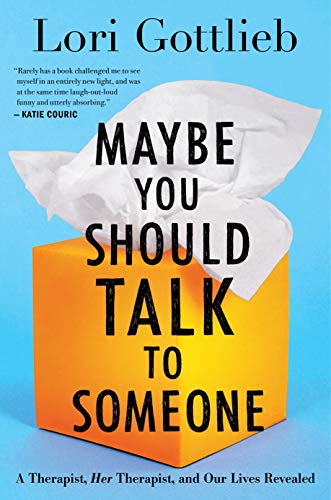Couples recovery from sex and love addiction can be a complex and lengthy process. Even for those fully committed to the process of recovery, it can take between three to five years to uncover all that’s needed to heal a marriage. The chaos and storm of staggered disclosures, broken trust, and faltering attempts at honesty can lead to confusion and overwhelm for both partners in the relationship.
Couples therapy requires participation and change by both members of the couple. In the early stages of recovery, when the betrayed partner is reeling in pain and has often been manipulated, it doesn’t feel safe to make changes to support the relationship. Individual healing work needs to be done first. Because of this, couples therapy is not recommended for most couples until each member of the couple is getting their own therapeutic support and a formal disclosure process has been completed.
The addict needs to get their individual pattern of addiction under control, and the partner needs space to process the pain of trauma that they experience. They both need to establish support systems outside of the relationship in the form of 12 Step groups, sponsorship, support groups, and/or healthy friendships. Boundaries need to be established and understood. Healing cannot happen in the marriage until there is a foundation of honesty, and formal disclosure is designed to create that foundation.
In some cases, couples therapy can begin earlier in the process of recovery. Often this is when the couple needs to learn basic communication skills in order to navigate life together while going through this healing process. Also, this can be helpful if the couple is pursuing a formal therapeutic separation and need guidance from a couples therapist on how to implement this logistically.
Let’s say you and your partner have been consistent in individual therapy, have strong social support, are committed to recovery-oriented behaviors, and have completed a formal disclosure. Now what? Many couples aren’t sure what to do once they’ve made significant progress in their individual recovery. Deeper still, reintegrating or introducing healthy sexual intimacy can feel like a daunting task. How can a couple recovering from sex and love addiction be intimate again?
Why A Couple’s Guide to Intimacy is Needed
In The Couple’s Guide to Intimacy, Bill and Ginger Bercaw give an answer to these “what next” questions. They outline the sexual reintegration therapy (SRT) model that they’ve used consistently with recovering couples to help them achieve a level of intimacy in their relationships they hadn’t thought possible.
The Bercaws’ approach helps to completely overhaul the experience of sexual intimacy in a recovering relationship. Often, when sexual addiction was present, sexual experiences weren’t truly connecting or meaningful. Physical and emotional intimacy are explored as integral parts of true sexual connection.
Their book includes information about the SRT model and explorations of true healthy sexuality and its differences from addicted sex. They also include a series of practical exercises (planned intimate experiences) that can be put into play by the couple, progressing gradually toward an entirely new vision of sexual intimacy.
Bill and Ginger Bercaw strongly recommend working with a CSAT couples therapist while going through this material, as much of what can arise emotionally and relationally needs space to be processed in a safe environment with trained professionals. It is also important to maintain your individual therapy and support while walking through SRT, so you can have space to process what comes up for you individually as you begin to experiment with this new approach to intimacy.
Insights from the Book
The foundations upon which Bill and Ginger Bercaw lay their book form a series of important insights into the process of reintegrating healthy sexuality into a recovering marriage.
Healthy sexual intimacy is made possible by integrating physical, emotional, and spiritual dimensions of intimacy.
Broken trust and betrayal destroy all levels of intimacy. In particular, sexual intimacy is affected as often one or both partners are using it as a way to get something from the other, as opposed to truly connecting during the experience. The book emphasizes the need to integrate all areas of intimacy through direct and open communication and conversations, especially as integrated in the planned intimate experiences (PIEs).
Reprogramming sexual scripts is Essential.
Our culture’s view on sex influences our approach to intimacy. For example, we emphasize trying new things as a way to keep sexual experience interesting or “spice it up.” This is intensified by the influence of sex and love addiction on your relationship, where the addict may see sex as a way to pursue novelty or seek the next “high.” But these approaches are not truly connecting. They are more focused on performance than they are on intimacy, and intimacy is the greater need.
Reviewing your own sexual history can reveal your expectations about sex.
Bill and Ginger Bercaw lead the reader to reflect on their own sexual experiences and influences on their sexuality as an exercise in self-understanding. For example, if you have a history of sexual abuse, it likely affects messages about your body or your sexual experience. Exposure to pornography can create distorted expectations about how sex ought to be. A lack of sexual information, particularly in more rigid home environments, can lead to a lack of knowledge about sexual response and experience. Even such influences as the media, peer groups, churches, and others can have an impact on sexuality.
Early attachment relationships also have an influence on your experience of sexual intimacy in your marriage. If you have an avoidant attachment style, you’re more likely to want to withdraw from conflict and therefore don’t talk about sexual issues. If you are more of an anxiously attached person, sex might be a way that you confirm you are loved by someone. If you grew up in a rigid family system, you might see sexual behavior as rebellious or a way to branch out from restrictions.
These influences need to be acknowledged and addressed before true sexual intimacy can be experienced. You’re carrying around baggage from your past that has to be unpacked before you can enter into the relationship without expectations or judgment. This is important as you will be able to come to know your own sexual self and your partner’s sexual self, which then creates a more intimate experience.
The end goal isn’t perfect technique or sexual experience, but expressing love and connection through being present to yourself and your partner.
An overemphasis on technique or an idealized sexual experience has probably already led you to disappointment and pain. Instead, the Bercaws’ approach to intimacy takes emphasis off the final result, instead focusing on remaining present throughout the entire process of intimacy. Every PIE exercise focuses on different depths of intimacy. Many exercises in the progression occur outside the bedroom or with clothes on. Several focus on creating more emotional and relational intimacy, which paves the way for connected sexual intimacy.
The importance isn’t to find the new sex technique that’s going to boost your pleasure (despite what some magazine covers may say) but instead to learn how to become fully present to yourself, your partner, and your experience during your intimate encounter.
Safety and communication are necessary in personalizing your path.
For many betrayed partners, there is not a sufficient level of safety in the relationship to rush into intimacy. The Bercaws’ PIE exercises are designed to help you grow closer, and they also encourage speaking up when you aren’t comfortable or when you need to change something. They emphasize using talking and listening boundaries throughout their PIEs and reinforce that with an emphasis on healthy, functional boundaries, which they describe at length.
If you’re looking for additional support in understanding how you can grow in the area of sexual intimacy in your recovering marriage, Bill and Ginger Bercaw’s book and their method of sexual reintegration therapy offer useful and practical tools to revolutionize your relationship.
















